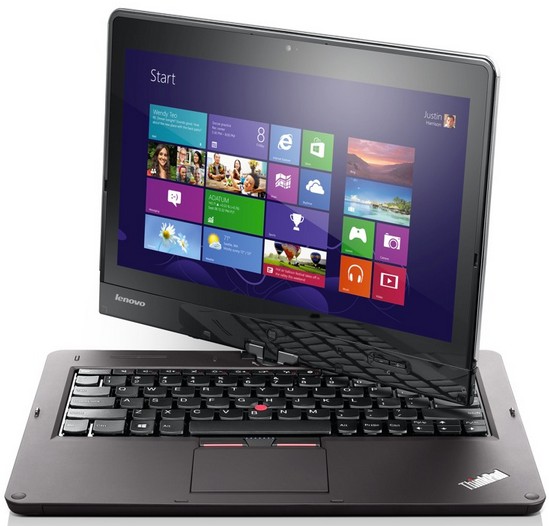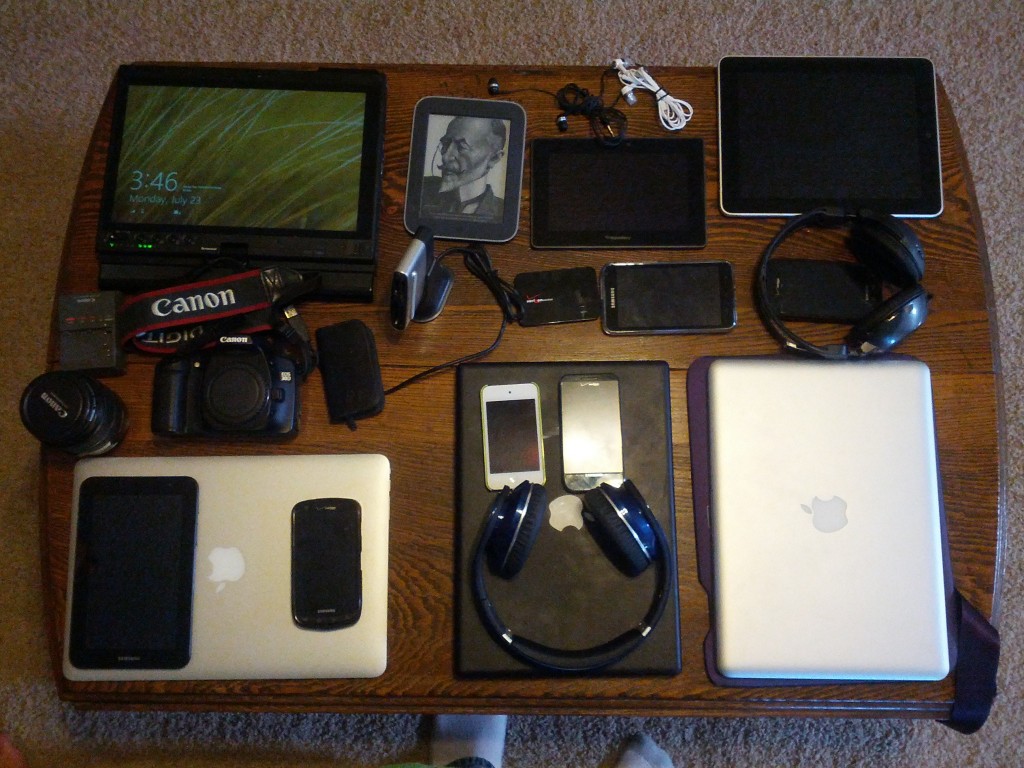Things just keep getting worse: death toll rose to 14 and people affected was up to 172 in 11 states as of this afternoon. It’s difficult to find accurate information on the exact cause of the meningitis, but it appears that most of the cases are related to either Aspergillus or Exserohilum.
Fungal infections are notoriously difficult to treat, especially when they’re in the central nervous system (CNS). The CNS is designed like a fortress to keep things out, like fungus and bacteria, thus keeping you safe and healthy. Unfortunately it doesn’t discriminate and does a great job of keeping medications out as well. That’s why it’s hard to treat infections in the CNS.
I’ve been involved with several meningitis cases over the years, but rarely those involving a fungus. The outcome generally depends on several variables including how quickly the infection is discovered, how soon treatment is started, how aggressive the treatment is – you can never be too aggressive when treating meningitis – and the general health of the person you’re treating. A little divine intervention is always desirable as well. However, as I mentioned above, meningitis is difficult to treat and the outcomes associated with fungal meningitis aren’t great.
The CDC has released treatment recommendations. You can find them at the ASHP Pharmacy News site here.
“The Centers for Disease Control and Prevention (CDC) recommends i.v. voriconazole and liposomal amphotericin B as initial therapy for patients who meet the current case definition for fungal meningitis.
According to CDC, the antifungal therapy for patients with meningitis should be administered in addition to routine empirical treatment for potential bacterial pathogens.
CDC Medical Epidemiologist Tom Chiller said during an October 10 conference call that broad-spectrum antifungal therapy is advisable because it is “unclear as to how many potential fungal pathogens could be involved” in the outbreak.
For patients who meet CDC’s current case definition for fungal meningitis, the recommended dosage of voriconazole is 6 mg/kg administered every 12 hours. Chiller said the dosage should be maintained “for as long as the patients tolerate it.”
Liposomal amphotericin B should be administered intravenously at a dosage of 7.5 mg/kg/day, according to CDC. The agency stated that liposomal amphotericin B is preferred over other lipid formulations of the drug.
The optimal duration of therapy is unknown but is presumed to be lengthy.â€
Emphasis above is mine.
 The coffee mug to the right is from The Sixth Floor Museum at Dealey Plaza in Dallas, Tx. My family and I spent some time there during our summer vacation in Texas. One of the things I really wanted to do in Dallas was visit Dealey Plaza and the site where JFK was assassinated. Well, I finally got that chance as my family and I spent some time walking around the plaza area, visiting the location of the assassination and spending a little time at the book repository and museum. JFK is one of the few men in history that I would have liked to have met in person.
The coffee mug to the right is from The Sixth Floor Museum at Dealey Plaza in Dallas, Tx. My family and I spent some time there during our summer vacation in Texas. One of the things I really wanted to do in Dallas was visit Dealey Plaza and the site where JFK was assassinated. Well, I finally got that chance as my family and I spent some time walking around the plaza area, visiting the location of the assassination and spending a little time at the book repository and museum. JFK is one of the few men in history that I would have liked to have met in person.



